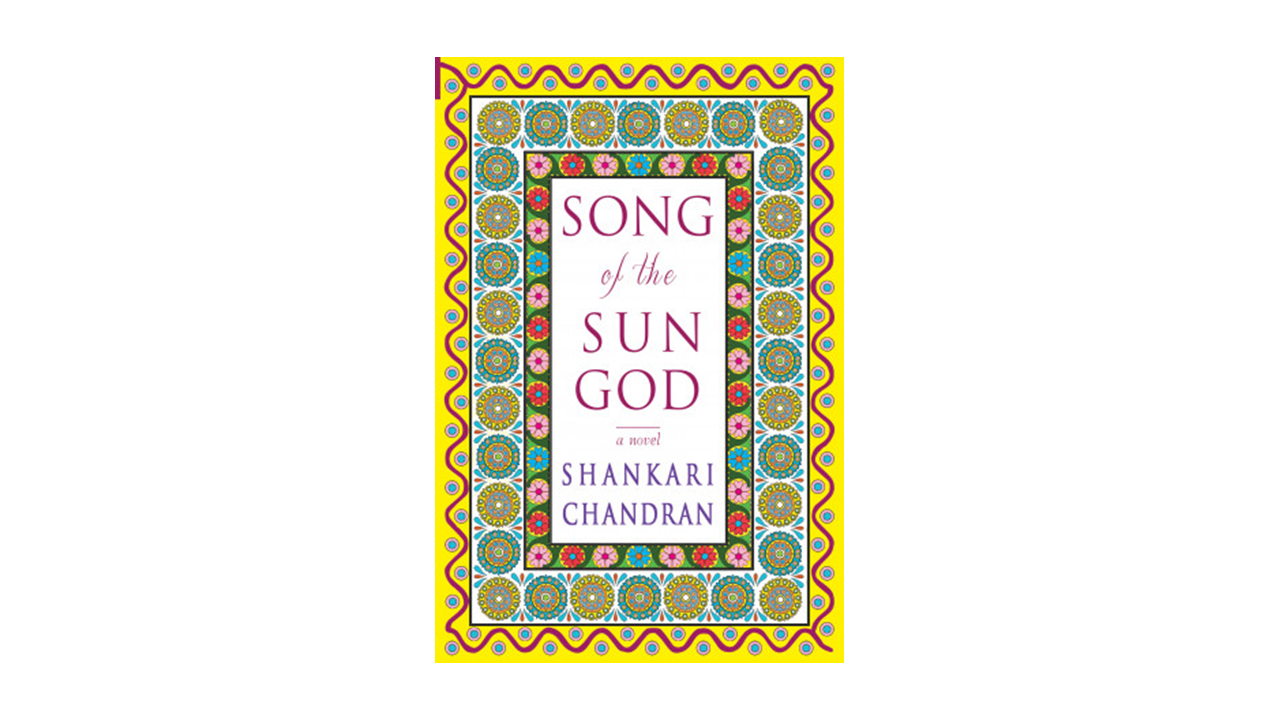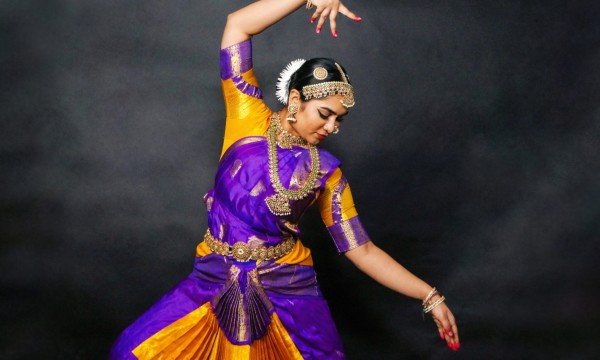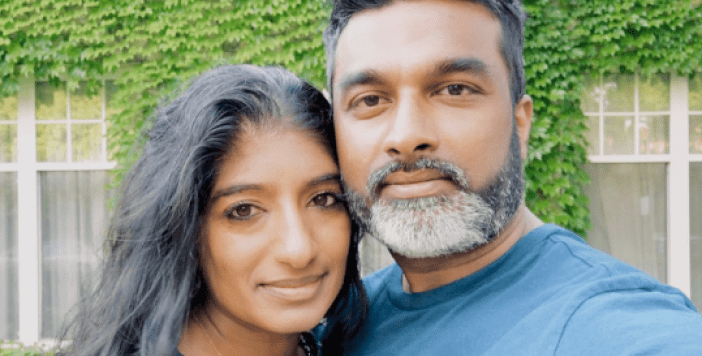
The streets of Colombo were filled with jubilation not seen since independence. There were fireworks and parades, parties in houses and hotels. President Mahinda Rajapaksa and Gotabhaya Rajapaksa were hailed as heroes by their people and leaders all over the world. Sri Lanka had won its war on terror. Gotabhaya, the Defence Secretary, was preparing to teach governments and armies of other nations, how to defeat terrorism. It would be a lucrative lecture circuit.
Song of the Sun God is an epic act of truth-telling; an attempt to make sense of the senseless violence in Sri Lanka. It gives voice to the anguish of the Tamil people. Every tool of genocide is explored: arbitrary detention, torture, sexual violence, forced displacement, disappearance, the desecration of sacred sites (and their reconstruction into Buddhist temples), the seizure of Tamil-owned land by the government, the erasure of Tamil language (through interventions such as the Sinhala Only language policy). The novel simultaneously explores the myriad of experiences (including both hope and disillusionment) of those who joined the Tamil Tigers in the fight for Tamil Eelam - the Tamil homeland.
The beginning sees 11-year-old Rajan witness a Buddhist monk’s self-immolate in Colombo. The monk’s act is not anti-colonial, but anti-Tamil. Song of the Sun God follows the lives of three generations of Rajan’s Tamil family over a 70-year period. Rajan becomes a respected doctor and marries the charming Nala. They have three children, Priya and Nandan, and the adopted Dhara (Nala’s cousin’s daughter). The family’s elite social status does not protect them from the brutalities of war. The entire family flees to Australia, except for Dhara who finds herself tied to her parents homeland in the north, and her peoples’ struggle for freedom and dignity. Through these characters, loosely based upon her own family members, Chandran brings to life the complex history of Sri Lanka’s ethnic and religious tensions.
The novel has an undeniable didactic undertone. Chandran cleverly draws upon the ancient Hindu epic, the Mahabharata, to negotiate the moral dilemmas of war. Foreboding clues early in the book hint that Dhara’s character shares many parallels with Karna, son of the Sun God.
Dhara turned to look at Nala thoughtfully. ‘It must have been very sad for Karna, to find out that his mother had given him away’.
‘Yes, Dhara, I think Karna must have been sad. The charioteer and his wife who raised him, loved him though. They loved him like he was their own. Karna had many moments of happiness in his life’.
‘He still died though, didn’t he?’
‘Yes, but we all die. Karna chose a warrior’s life and a warrior’s death’.
Dhara is consistently torn between being a warrior and being a mother; of staying to fight for her homeland, or leaving for the security of life with family in Australia. Similarly, Karna is faced with a decision to switch to the Pandavas’ side, after learning that he is in fact their brother by blood. This choice between irreconcilable duties is an effective way of conveying a central message of Chandran’s novel: that no act is wholly good or wholly bad, particularly in the context of violence and war.
Chandran portrays Karna’s death as allegory for the Tamil genocide. Arjuna goes against the Hindu behavioural code for a ‘just war’ and shoots an arrow into Karna’s chest when he is defenceless and distracted by his chariot’s stuck wheel.
Nothing was safe for the Tamils. In the final stages of the war, people died in hospitals and schools were they had taken refuge. Rajan had read the recent Amnesty International report. The Tigers had used their own people as human shields. But the army, knowing the molecular composition of that shield, had still attacked it, breaking down men, women and children to finish off the Tigers. War crimes, the report called it.
The fact that Karna is killed by his own brother is significant. Nala often tells her children ‘If you swim, swim together. If you sink, sink together.’ Yet Nala repeatedly makes choices that preference Priya over Dhara. She admits that ‘Priya and Nandan belonged to her more deeply than Dhara, as much as she had tried to love this child as her own.’ Through Nala, Chandran exposes an inconvenient truth of human nature - that we inevitably construct categories of ‘self/other’, ‘us/them’ and ‘family/not family’. And so, Dhara, just like Karna, remains an outsider in her own family, and the Tamil people remain outsiders in their own land.
The imagery of Sūrya, the Sun God, as the dispeller of darkness, is used repeatedly throughout the book. Chandran utilises the symbol of the ‘rising sun’ not as an expression of the victory of good over evil, but rather the victory of truth and knowledge over ignorance. Therefore, the book, Song of the Sun God, offers us a chance to bear witness to the truth; and not just observe, but assess and examine this truth in the ‘light of day’. This is important in a post-war context of ongoing violence and occupation, and the reality that many of the underlying reasons for discrimination against minority communities persist in Sri Lanka today. Meanwhile, the genocidal character of the wartime atrocities remains only partially acknowledged. The failure of the United Nations and the international community to implement mechanisms of accountability for the mass atrocities committed is well documented.
Tens of thousands of Tamils are still missing. The majority of them were taken away by government forces, never to be seen or heard from ever again. Despite their heartbroken and brave mothers protesting for over 850 days demanding answers, the authorities have maintained their silence.
It feels as though the moment for this book has arrived. Though the story is a tragic one, the symbolism of the rising sun provides hope, as it gestures that truth and justice will eventually prevail. Songs of the Sun God truly is, as Chandran intended it, a “love letter to her ancestors”, and to Tamil people everywhere.

























